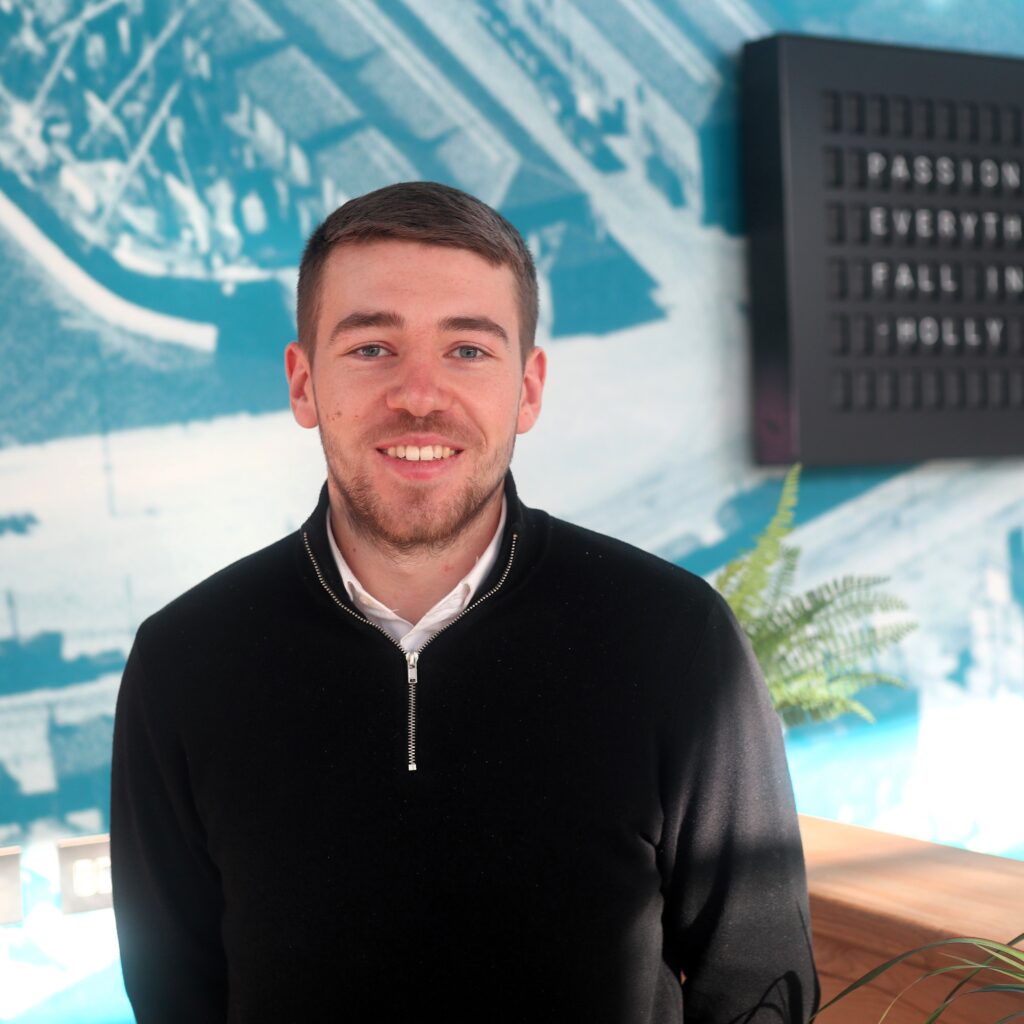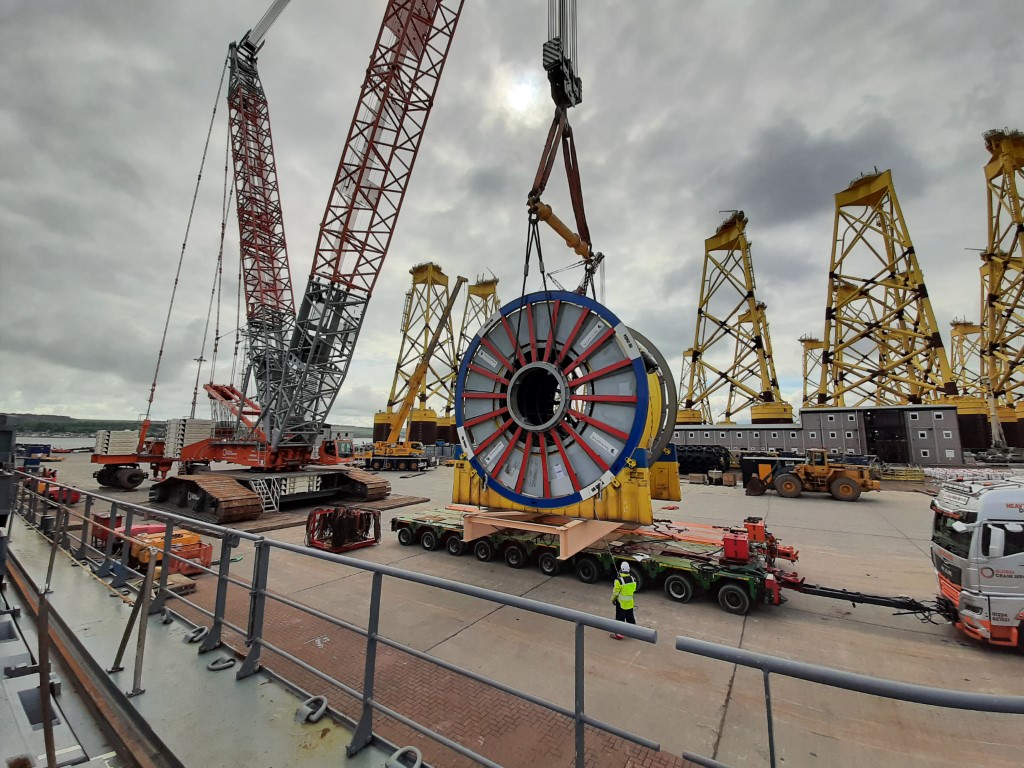Top Tips ON hEALTH AND sAFETY oN sITE: A Graduate's view
One of Malin Abrams’s newest Graduate Naval Architects, Ruaraidh Campbell, shares some of his top tips aimed at offering guidance when on site to ensure you are mindful of all health and safety considerations.
When working on site for the first time, it is important to think about potential hazardous factors that could be life threatening to you and other parties when overseeing an onsite project. Health and safety should always be paramount when working on a busy quayside that operates heavy machinery and cranes on a daily basis. A ‘toolbox talk’ is conducted at the start of every operation between all parties involved, the main project manager sets out all the rules that need to be followed on the day and agrees with all members involved. Some of the key areas that you should consider and comply with on the day are:
- Always consider health and safety as a priority for yourself and those around you and always be aware of your surroundings as there can be multiple things going on at once.
- Be prepared for longer days on site and try to be as efficient as possible throughout the day to save time at the end, cleanup as you go, moving timber and chains ready to be offloaded so you are not having to do all of this at the end of the day.
- While carrying out the stowage plan drawing, it is important to ensure where you are placing the cargo is feasible as you do not want to show up on site and realise it is not possible to use your original engineering.
- There may be areas such as fuel tanks nearby which mean you cannot weld on certain areas of the deck/hold therefore affecting where your seafastening lashings can be secured. There also may be other items welded to the deck such as the vessels own D-rings or container feet which could also have an effect on the placement of cargo
- To keep all involved parties busy it is important to think about the order in which operations are carried out, as you do not want to have people waiting on other things being complete before they can complete their own work. An example of this would be, ensuring that all required welding gear is lifted on first allowing the welders to get started on their scope of work while the rest of the operation can carry on at the same time. This will save a lot of time come the end of the day!
Malin Abram redefine what you can expect from a heavy lift partner. We offer project management expertise in the area of transportation, no matter how specialist, as well as a full range of technical services.
Heavy lift to us is more than the operational side of supplying cranes, ships, barges and heavy haulage. No matter the size or scope of your project, our team of engineers assess your needs and propose optimum solutions. All initial consultations are free of charge – simply contact us to find out more.

